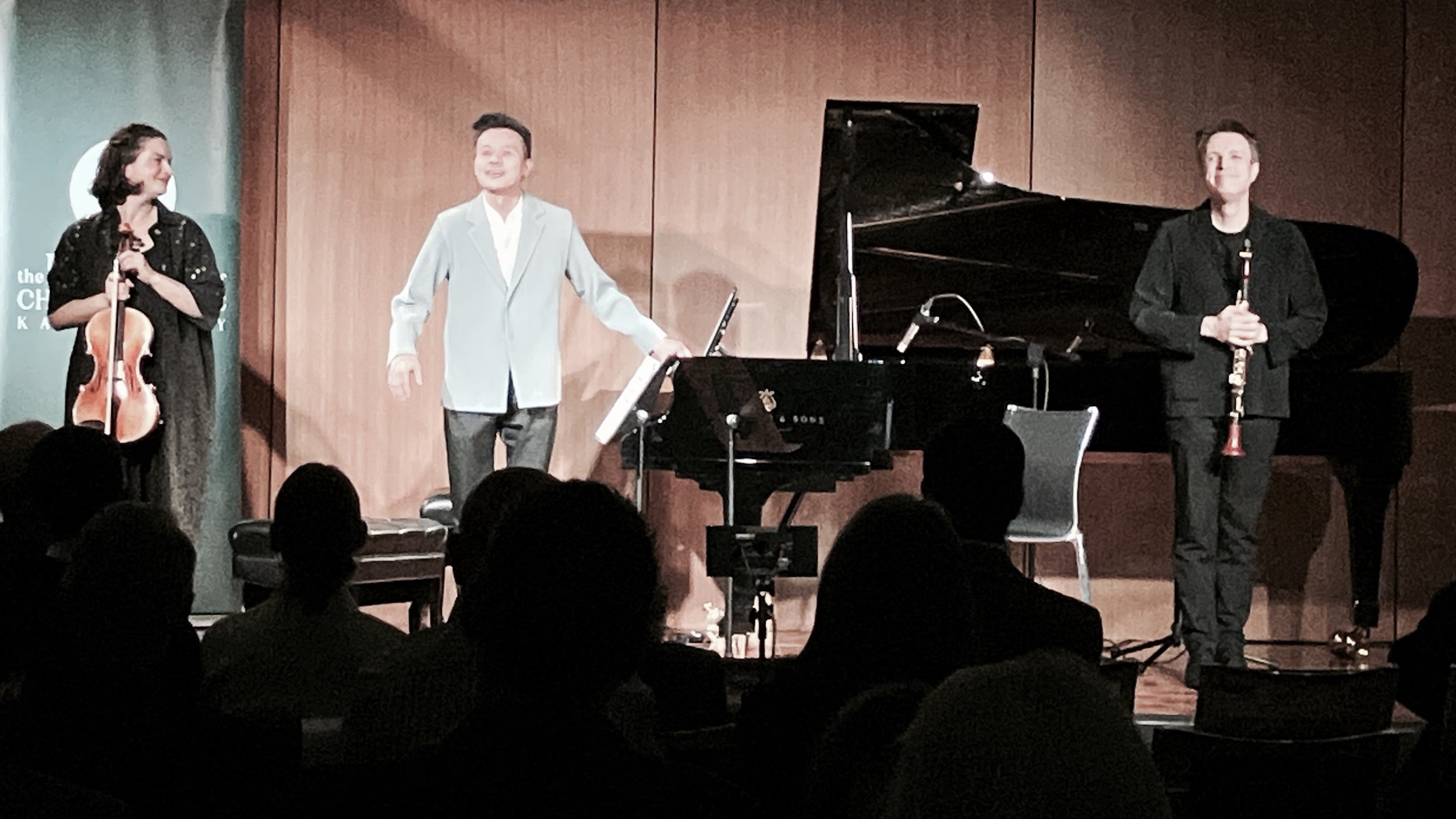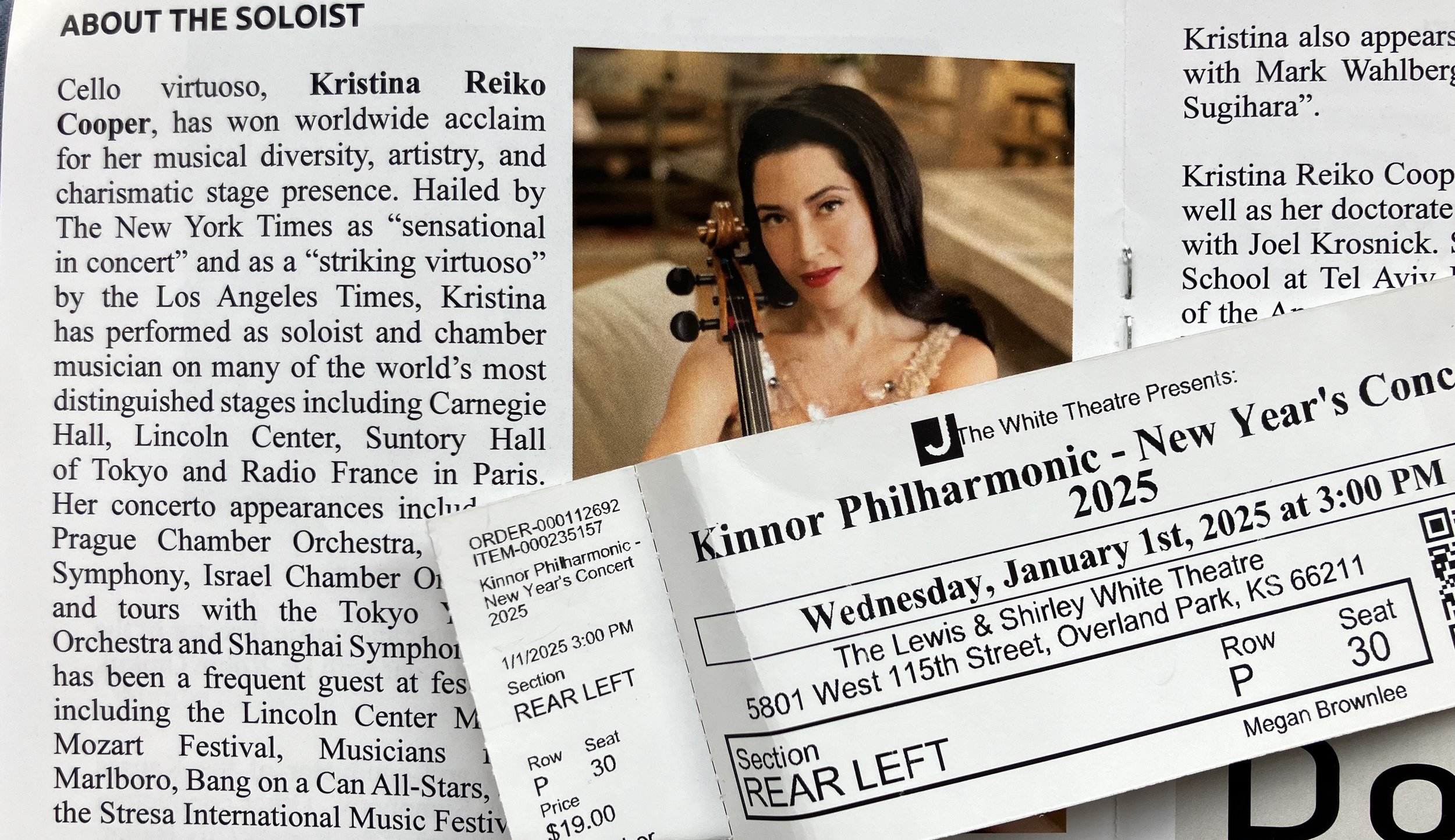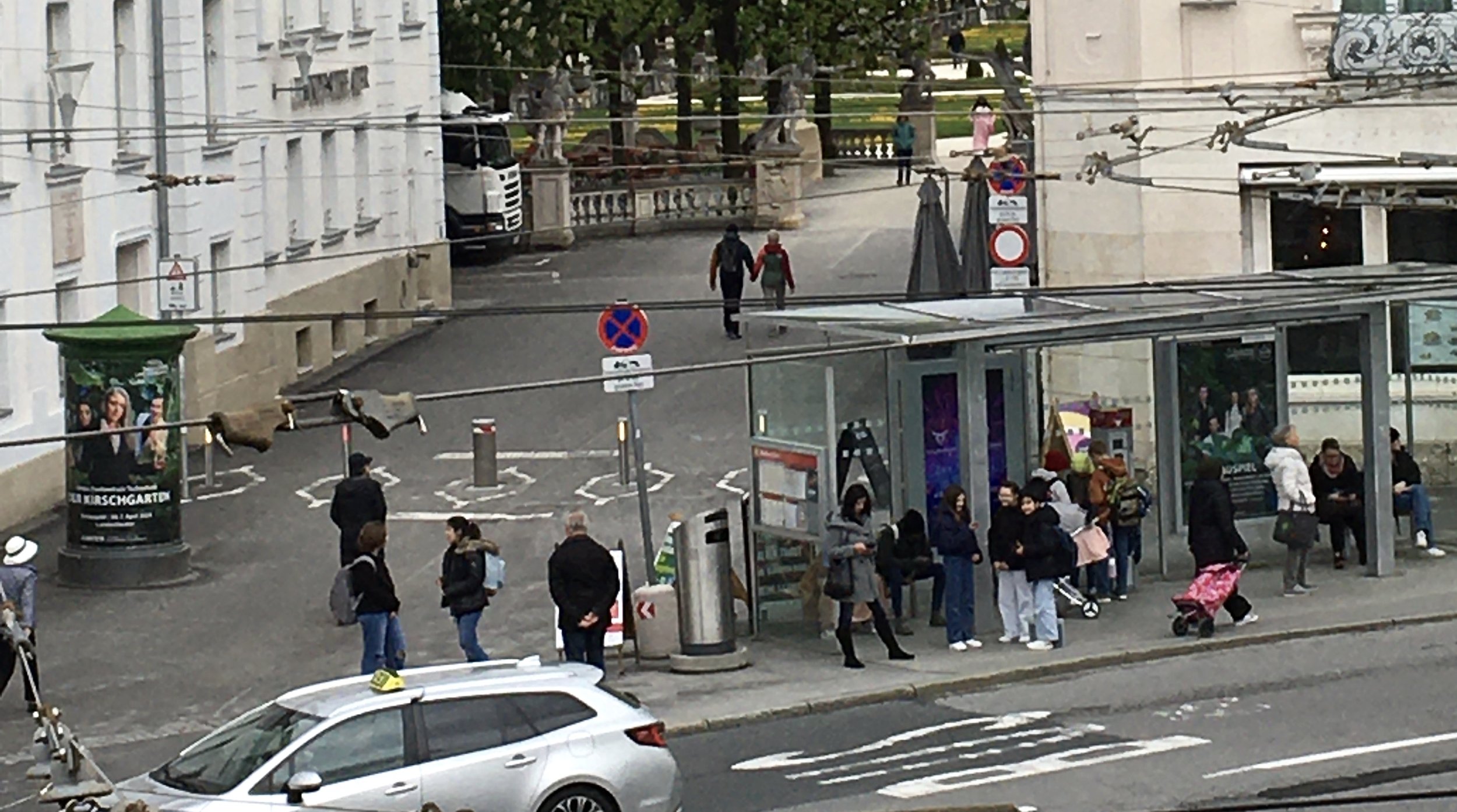Original image by There Stands the Glass.
Dmitri Atapine encouraged an audience of 200 to renounce the term “new music” during his introduction of Garibaldi Trio’s recital at the 1900 Building on Thursday, January 30. The co-Artistic Director of The Friends of Chamber Music noted that all music was once new. Besides, he said, what’s new today inevitably grows old.
Musical semantics don’t interest me as much as experiencing fresh sounds. The evening reminded me that institutional suppression of progressive music is just as pervasive in the classical realm as it is in jazz.
I was both ashamed and angry as I experienced works by Stephen Chatman, Lowell Liebermann and Dobrinka Tabakove for the first time. Thanks to my fixation with ECM Records, I’d previously encountered Jörg Widmann’s outlandish Fünf Bruchstücke for clarinet and piano.
Rendered by the charismatic trio of clarinetist José Franch-Ballester, pianist David Fung and violist Marina Thibeault, all four pieces resounded like indispensable components of the classical repertoire. The discounted ticket I purchased on a whim for $10 two months ago revealed previously concealed universes.










